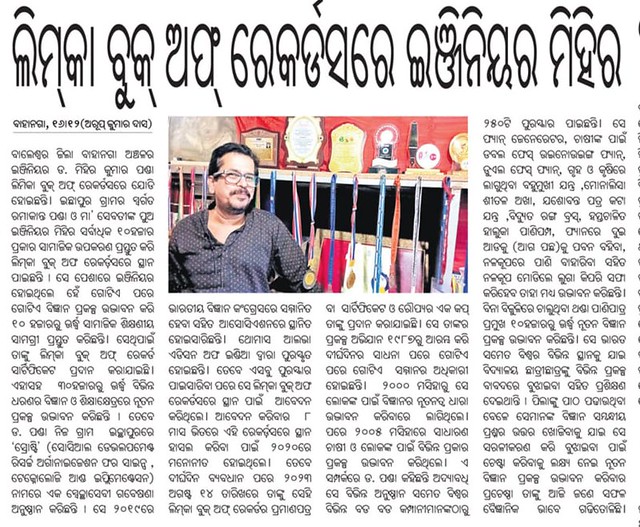Fertilizer Spreader: Enhancing Agriculture Efficiency
Introduction:
In modern agriculture, the use of efficient machinery and equipment is crucial for maximizing crop yield. One such essential tool is a fertilizer spreader. This article will delve into the manufacturing process, characteristics, fertilizer spreader advantages, usage methods, how to select the right product, and conclude with an overall assessment.
Manufacturing Process:
The production cow dung compost machine of a fertilizer spreader involves advanced engineering techniques. First, high-quality materials like stainless steel or corrosion-resistant alloys are selected to withstand harsh environments. The manufacturing process includes cutting and shaping these materials using precision tools such as laser cutters and CNC machines. Subsequently, various components are assembled along with electronic systems for control and monitoring purposes.
Characteristics:
A fertilizer spreader possesses several key features that facilitate efficient distribution of fertilizers across agricultural fields. Firstly, it has a hopper capable of holding a sizable amount of fertiliz Topdresser ers to minimize refill frequencies during operation. Secondly, most models are designed with adjustable spreading widths to cater to different field sizes and nutrient requirements. Furthermore, some fertilizer spreader advanced models have innovative mechanisms such as spinner plates or pneumatic systems for precise application.
Advantages:
Utilizing a fertilizer spreader offers numerous advantages over manual methods in terms of time efficiency and effectiveness.
1) Time-Saving: Compared to traditional broadcasting by hand or using rudimentary tools like manure spreaders or seed spreaders,fertilizer
spreaders can cover larger areas in significantly less time.
2) Even Distribution: W cow dung compost machine ith its uniform spreading mechanism,broadcast spreaders ensure that fertilizers are evenly distributed across the field.This avoids over-fertilization in some areas while preventing under-nourishment in others.
3) Enhanced Precision: Fertilizer applicators enable farmers to adjust their settings based on soil testing results,ensuring accurate dosage delivery.This precision enhances plant nutrition uptake,resulting in improved crop quality.
Usage Methods:
To make effective use
of fertilizer spreaders, certain guidelines should be followed:
1) Calibration: Before starting the spreading operation,it is c

rucial to calibrate the spreader accurately according to the specific fertilizer type and grade.
2) Proper Speed: Maintaining a consistent speed while operating the spreader ensures an even application across the field. Excessive or slow speeds can lead to uneven coverage.
3) Overlap Prevention: To avoid over-fertilization at overlaps between passes, operators need to ensure consistent spreading patt fertilizer spreader erns.
How to Select the Right Product:
When choosing a fertilizer spreader,the following factors must be considered:
1) Field Size: The product’s hopper capacity should align with the size of your fields for optimal efficiency.
2) Spreading Mechanism: Depending on your requirements and budget,you can choose between drop-type,spin-type,or pneumatic-style fertilizerspreaders. Each mechanism has its own advantages and disadvantages regarding accuracy,cost,and maintenance demands.
3) Durability & Maintenance Requiremen Broadcast spreader ts:Investing in durable equipment with low maintenance requirements will ensure long-term cost-effectiveness.
Conclu Manure spreader sion:
In conclusion,a well-chosen fertilizer spreader plays a vital role in modern agricultural practices.Its efficient manufacturing process yields key characteristics such as adjustable spreading widths and hopper capacities that contribute towards precise nutrient distribution. By saving time,enabling even application,enhancing precision,and i fertilizer spreader ncreasing overall efficiency,fertilizer spreaders have become indispensable tools for farmers worldwide.Looking ahead,research and developments in this sector promise further advancements,tailored specifically to meet various farming needs. Embracing these innovations will undoubtedly boost agriculture productivity,resulting in sustainable food production for our ever-growing population
